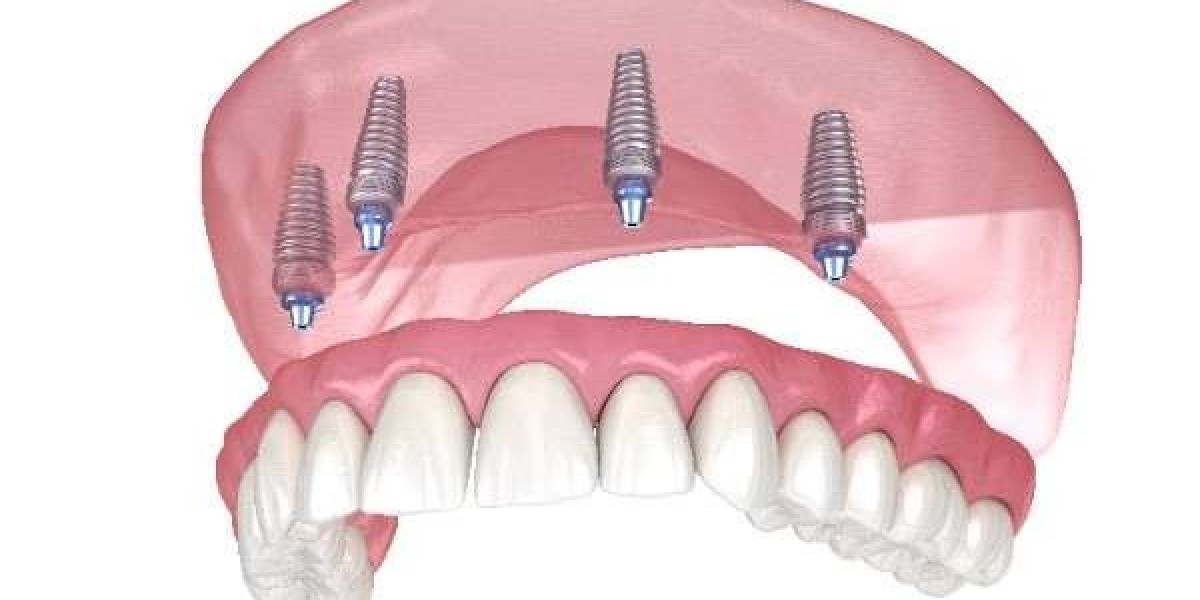When it comes to restoring missing teeth, choosing the right type of dental implant is one of the most important decisions you will make. With modern advancements in implant dentistry, patients now have multiple treatment paths available, depending on their bone health, oral condition, and long-term goals. The two primary types of implants used by dentists are subperiosteal and endosteal implants. Knowing the differences between them can help you make an informed choice about which option best suits your needs. While both options ultimately aim to provide stable and long-lasting tooth replacement, the way they are designed, placed, and supported in the jaw differs significantly.
What Are Endosteal Implants?
Endosteal implants are the most common type of dental implant used worldwide. They are surgically inserted into the jawbone and act as artificial tooth roots that support crowns, bridges, or dentures. Typically made from titanium, endosteal implants encourage the bone to fuse with the implant over time – a process called osseointegration. This provides exceptional stability and durability.
Patients often choose this type if they have sufficient bone density, as a strong foundation is essential for securing the implant. For those researching a dental implant Birmingham, endosteal implants are often the first recommendation because they provide a reliable, permanent solution to tooth loss with high success rates.
What Are Subperiosteal Implants?
Unlike endosteal implants, subperiosteal implants rest on top of the jawbone but underneath the gum tissue. A metal framework is custom-made to fit the jaw, with small posts that protrude through the gum to hold replacement teeth. Subperiosteal implants are often suggested for patients with insufficient jawbone volume who cannot undergo a bone graft or prefer to avoid it.
If you are exploring Subperiosteal Dental Implants Birmingham, you may be drawn to this option when traditional implants are not suitable. While subperiosteal implants are not as widely used as endosteal implants, they remain a valuable solution for patients unable to support implants inside the bone structure.
Comparing Subperiosteal and Endosteal Implants
The choice between subperiosteal and endosteal implants largely depends on your bone health and oral condition. Both treatments are effective in replacing missing teeth, but they are suited to different scenarios.
Feature | Endosteal Implants | Subperiosteal Implants |
Placement | Inserted directly into the jawbone | Placed on top of the jawbone under gum tissue |
Best for | Patients with sufficient bone density | Patients with minimal jawbone volume |
Stability | Extremely stable due to osseointegration | Stable, but less durable than endosteal |
Surgery requirements | Requires healthy bone, may need bone graft beforehand | Avoids bone grafting |
Healing time | Longer healing, but very strong long-term solution | Faster recovery, but less commonly used |
Long-term success rate | Very high | Lower compared with endosteal |
Popularity | Widely used worldwide | Limited to specific cases |
For people considering Dental Implant Birmingham options, this comparison highlights how personal oral conditions and treatment goals influence the final choice.
Benefits of Endosteal Implants
- Provide a stable and permanent foundation for replacement teeth
- Support various prosthetic options such as crowns, bridges, or dentures
- High success rate due to the strong bond with natural bone
Benefits of Subperiosteal Implants
Subperiosteal implants may not be as common as endosteal, but they present unique benefits, especially for patients with limited bone volume. They are ideal for situations where conventional implants are not feasible, avoiding invasive procedures like grafting.
- Suitable for people with insufficient jawbone density who wish to avoid grafting
- Faster surgical process with shorter recovery time compared to graft-supported endosteal implants
- Tailored framework for each patient, ensuring comfort and personalised fit
Challenges You Should Know
Every treatment comes with potential challenges, and choosing the right implant requires a balanced consideration of benefits versus risks. While Subperiosteal Dental Implants Birmingham can help patients unsuitable for bone grafts, they may not provide the same longevity as endosteal implants. Equally, endosteal implants may require additional preparation steps before patients can undergo surgery.
- Endosteal implants often require bone grafts or sinus lifts if the jawbone is too thin or weak
- Subperiosteal implants might result in lower long-term stability compared with endosteal implants
- Maintenance and oral hygiene are essential for both implant types to prevent complications
Suitability and Patient Considerations
The right choice between subperiosteal and endosteal implants depends on multiple clinical and lifestyle factors. Dentists usually assess the patient’s oral health, jawbone condition, age, and goals before making a recommendation. If you are actively researching Dental Implant Birmingham, it is worth having a detailed consultation.
Subperiosteal implants are more suitable for:
- Patients with significant bone loss and unwilling to undergo grafting
- Older individuals who prefer a quicker solution
- Cases where jawbone structure makes traditional implants impossible
Endosteal implants, on the other hand, are best for:
- Patients with healthy bone volume and density
- Individuals seeking a durable, long-term solution
- Those who want the closest feel and function to natural teeth
The Importance of Professional Evaluation
Choosing between subperiosteal and endosteal implants is not a decision patients should take alone. Only a dental professional with imaging tools, experience, and knowledge of oral surgery can recommend the right solution. Dentists in Birmingham often use CBCT scans to assess bone health before advising which implant type is best.
This evaluation includes:
- Analysing bone density and structure
- Reviewing overall oral hygiene and gum health
- Considering medical history and suitability for oral surgery
- Tailoring implant treatment to long-term goals and lifestyle preferences
Longevity and Maintenance of Implants
The long-term performance of implants depends greatly on the type chosen and the patient’s oral care. Endosteal implants often last a lifetime when supported by excellent hygiene and regular check-ups, thanks to their strong bond with the jawbone. Subperiosteal implants, however, rest on top of bone and therefore carry a slightly lower success rate. For those exploring subperiosteal dental implants Birmingham, consistent oral care is crucial to improve durability, while endosteal remains the more permanent solution for long-term stability.
Conclusion
Dental implants are one of the most reliable ways to restore function, comfort, and aesthetics after tooth loss. Both endosteal and subperiosteal implants provide effective solutions, but they are suited to different oral health conditions. Patients with good bone structure usually benefit more from endosteal implants, while those with insufficient bone may find subperiosteal implants better suited to their case. To take the next step, contact the friendly and skilled team at Smilo Dental Implants Birmingham , who can help determine your best implant option.








